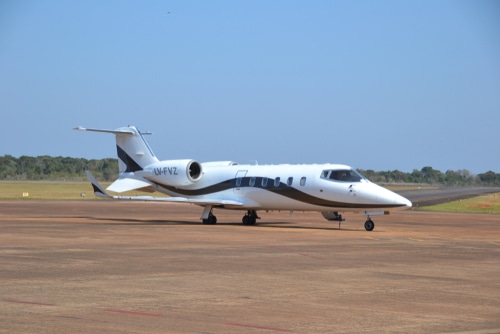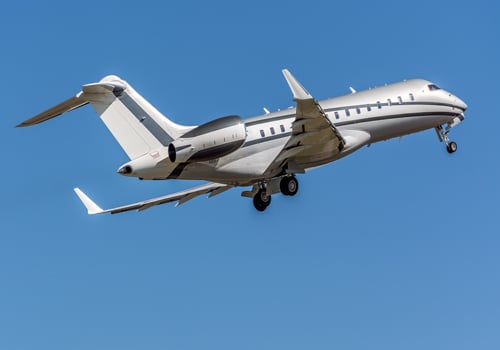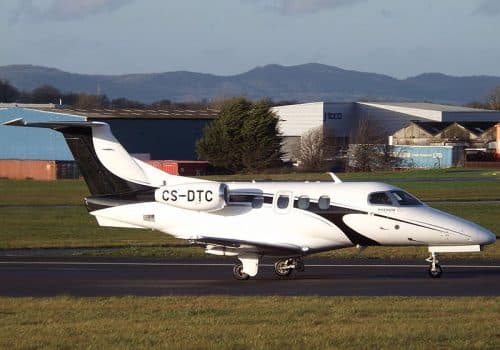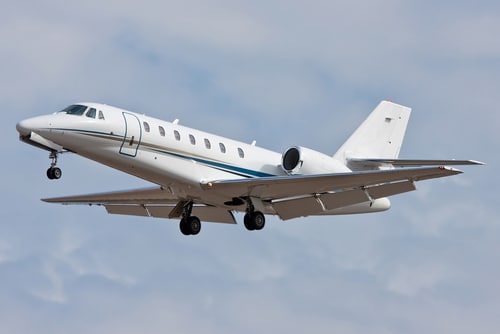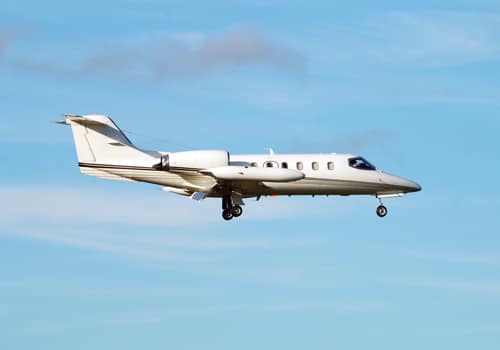Description
Overview:
In 1977, Mitsubishi Heavy Industries launched the development of a small twin-jet engine to complete the range of its MU-2 business aircraft. The first mention of the Beechjet 400A jet was in 1985, after the company bought the design of the Diamond II executive jet from the Japanese manufacturer Mitsubishi, which was to serve as its base. The following year the production was announced and the name of the device unveiled, it would first be called the Beechjet 400 then 400A.
Eventually it became the Raytheon 400 Beechjet in 1994 with the creation of Raytheon Aircraft Company, and the Beechjet became a Hawker product from 2002
Commercial Features:
Thanks to design improvements, including the use of soundproofing materials and the new location of the engines, the interior of the Beechjet 400A changed. The cabin of the Beechjet 400A is more pleasant and calmer. Spacious and well-designed, it is designed to accommodate up to 8 passengers, in wide and swivel seats. It has a storage area for refreshments and a larger luggage space.
This aircraft is a cantilever low-wing monoplane with a pressurized fuselage and a retractable tricycle. Designed by computer, the canopy has a length of 7.5 meters for a 2.5° positive dihedral angle and is equipped with a supercritical MAC510 profile to minimize drag. Its structure rests on two U-beams, 15 meters long, and 60% of the strings and receiving bolted ribs on the upper flanges.
Technical Features:
The Beechjet 400A is a business jet with two pilots, built based on the Jet Diamond II. Its main improvements are the repositioning of the central tank to expand the cabin and the use of Collins Pro Line 4 avionics. This system makes it the first jet in its class to be certified with such an advanced program. Because of these features, it is no surprise that this aircraft also served in military aviation, under the name of T-1A Jayhawk.






